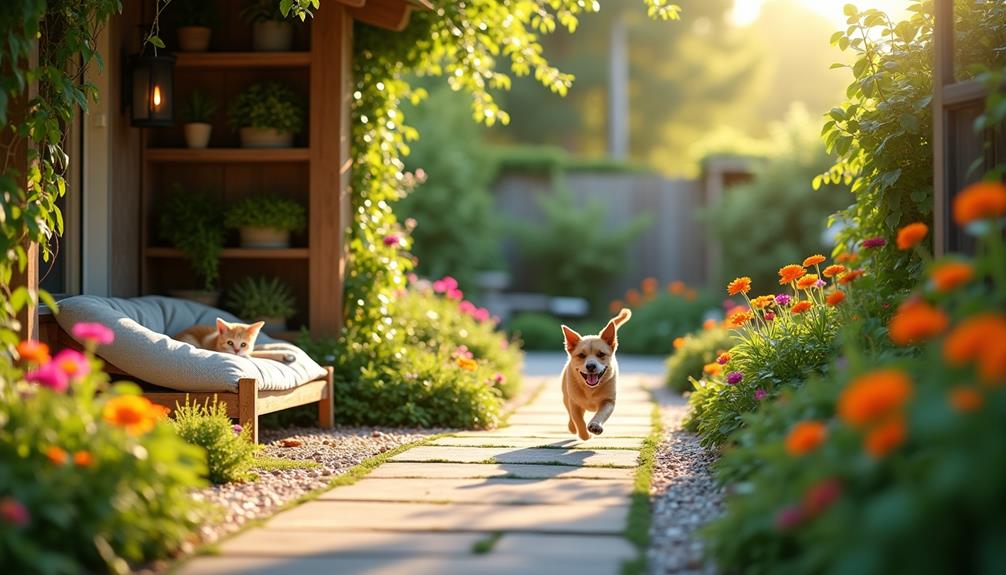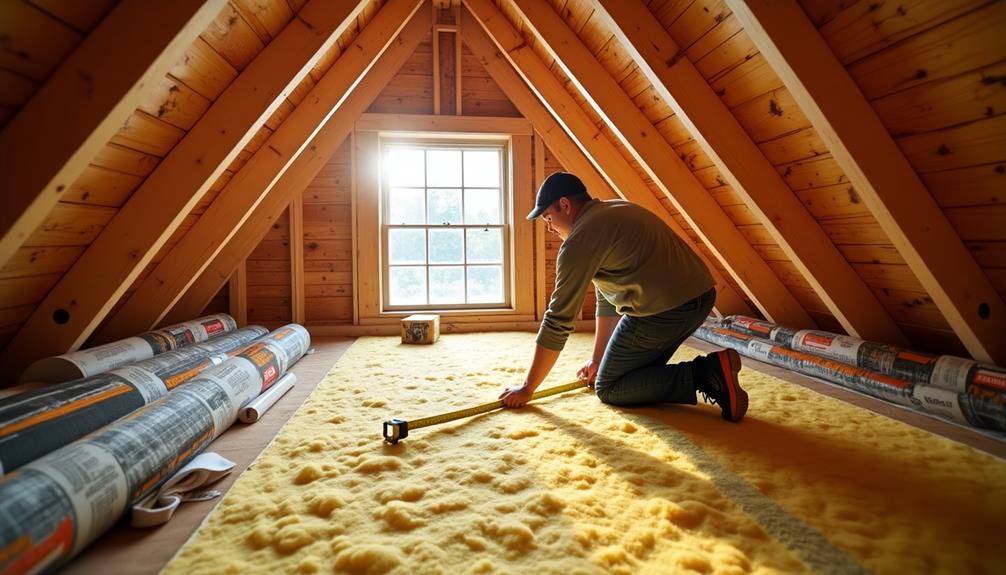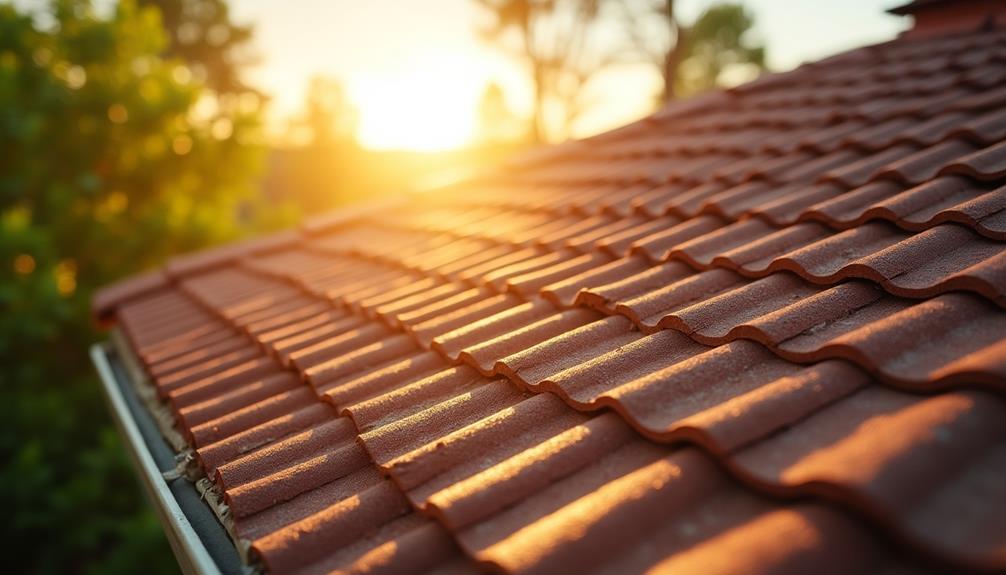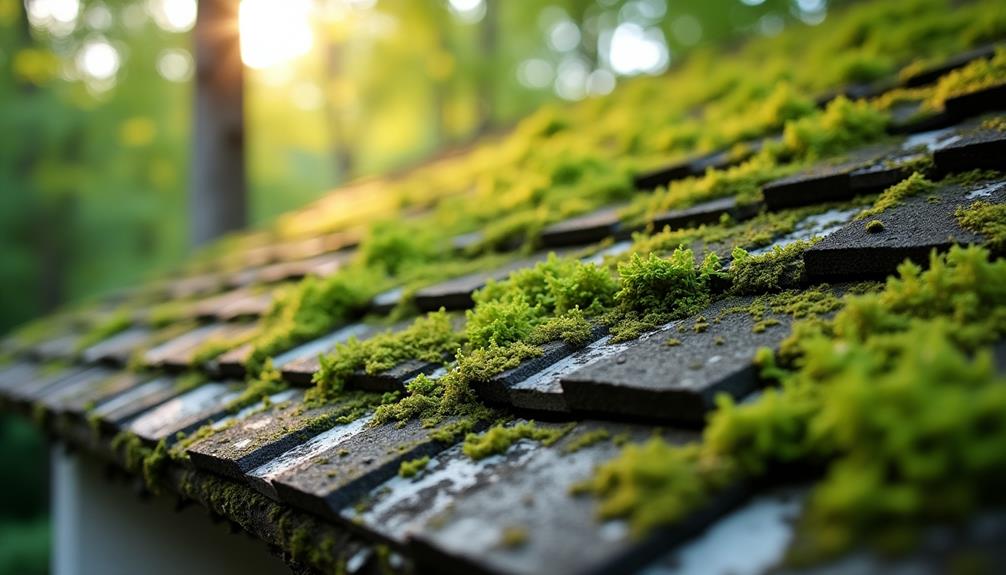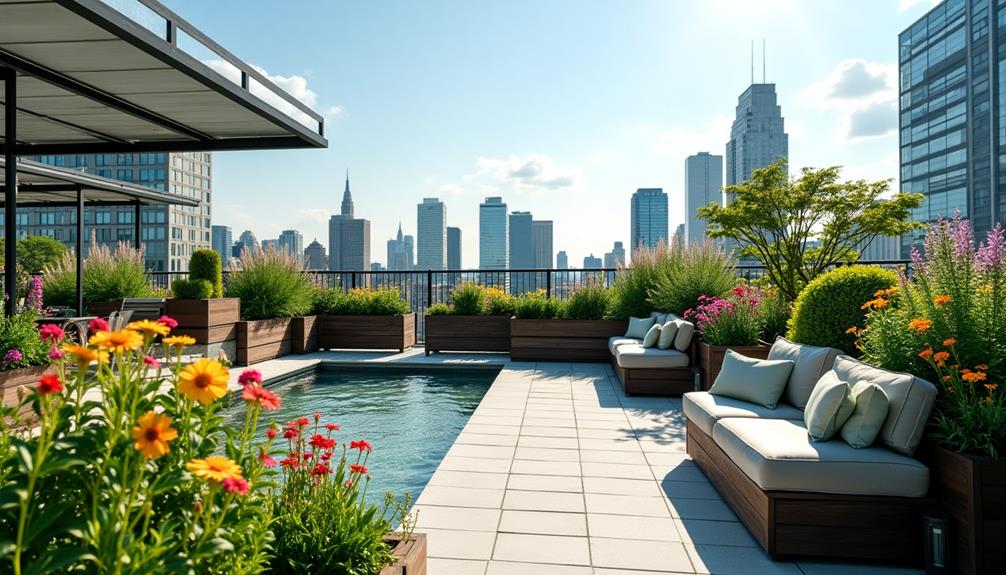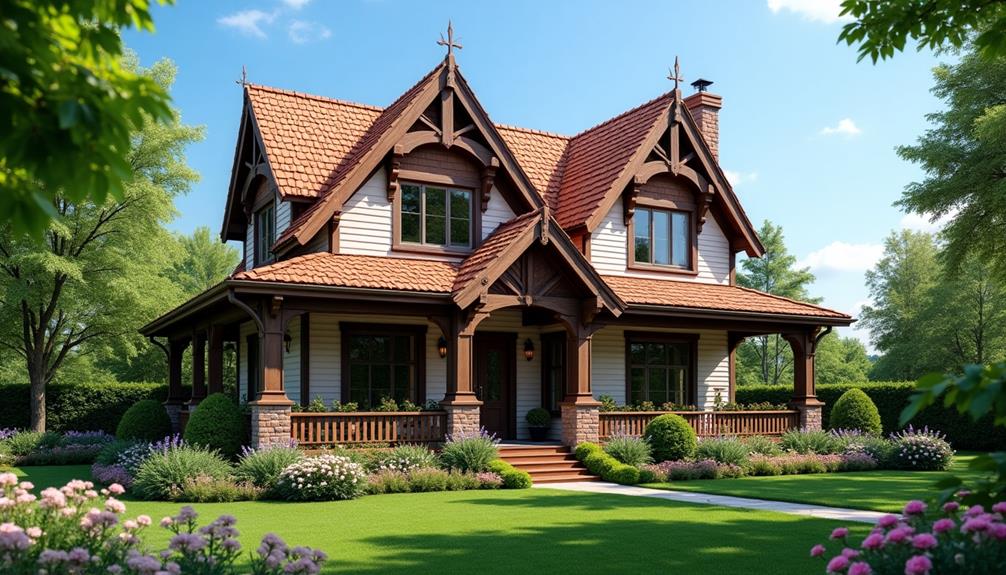When you're designing a pet-friendly garden, it's essential to consider both safety and enjoyment for your furry companions. You'll want to choose non-toxic plants and avoid those that could harm them, while also creating secure boundaries to keep them safe. Think about incorporating play areas and water features that cater to their needs. However, there are some common pitfalls you should avoid to ensure your garden remains a safe haven. Let's explore those considerations and how to create a space that both you and your pets will love.
Choosing Safe Plants
When it comes to creating a pet-friendly garden, choosing safe plants is essential for your furry friends' health. You'll want to focus on non-toxic flowers and pet-friendly herbs that won't harm your pets if they nibble on them.
Start by selecting bright and cheerful non-toxic flowers like marigolds, sunflowers, and zinnias. These plants not only brighten up your garden but also provide a safe environment for your pets.
Next, consider planting pet-friendly herbs such as basil, rosemary, and mint. These herbs aren't just safe; they can also add delightful aromas and flavors to your cooking. Plus, your pets might enjoy the fresh scents, making your garden a more inviting space for everyone.
Be sure to research any plants you're unsure about, as many common garden plants can be toxic to pets. Creating a list of pet-safe plants can help simplify your choices.
By prioritizing non-toxic flowers and pet-friendly herbs, you'll create a vibrant, enjoyable garden that keeps your furry companions safe and happy.
Happy gardening, and enjoy watching your pets frolic among the blooms!
Creating Secure Boundaries
To keep your pets safe in the garden, establishing secure boundaries is essential.
Consider various fencing options that not only provide safety but also suit your style.
Don't forget about gates and access control to ensure your furry friends can't wander off.
Fencing Options for Safety
A secure fence acts as a protective barrier for your garden, ensuring your pets can explore safely. When choosing fencing materials, consider options that are both durable and pet-friendly.
Wood, vinyl, and chain-link are popular choices, each offering different benefits. Wood provides a classic look, while vinyl is low-maintenance and resistant to weather damage. Chain-link is affordable and allows visibility, but may not deter smaller pets.
Height considerations are crucial in keeping your pets contained. Most dogs can jump or climb fences that are under six feet tall. If you've got a climber, consider adding extensions or using higher materials.
For smaller pets like cats or rabbits, a four-foot fence may suffice, but make sure it's secure at the base to prevent digging.
Additionally, ensure there are no gaps or weak points in your fence. Regularly inspect it for wear and tear, as even small openings can lead to escapes.
Gates and Access Control
While a sturdy fence keeps your pets safe, gates and access control are equally important for maintaining secure boundaries in your garden. You need to ensure these entry points are just as secure as your fencing.
Start by investing in pet proofing gates that are designed to withstand your furry friend's antics. Look for options that are tall enough and have latches that your pets can't easily manipulate.
Consider adding access control solutions to enhance security further. Automatic or self-closing gates can prevent any escape attempts, while keypads or remote controls allow you to manage entry without leaving the gate open.
If you often have visitors, installing a pet-friendly latch ensures your pets stay safe while still allowing easy access.
Regularly check your gates for wear and tear, especially if your pets are active. A small gap can be enough for a determined pet to slip through.
Designing Play Areas
Creating a vibrant play area for your pets transforms your garden into a joyful retreat. Start by selecting a spacious section where your pets can run, jump, and explore freely.
Consider incorporating agility equipment like tunnels, jumps, and weave poles. These not only challenge your pets physically but also mentally stimulate them, keeping their minds sharp and engaged.
In addition to agility equipment, think about sensory play. Introduce various textures and scents by planting pet-safe herbs and flowers. Your pets will love sniffing around, and the different surfaces—like soft grass, pebbles, or mulch—will add variety to their experiences.
You might also set up a digging zone with sand or soil, allowing your dogs to indulge their natural instincts while keeping the rest of your garden intact.
Incorporating Water Features
Adding water features to your garden can create safe sources for your pets to enjoy while they play.
Consider installing shallow ponds or splash areas where your furry friends can cool off and have fun.
With the right design, you can ensure your pets stay safe and happy while enjoying the refreshing water.
Safe Water Sources
When designing a pet-friendly garden, it's essential to consider safe water sources, especially if you're incorporating water features like ponds or fountains. Your pets should have access to clean, fresh water for hydration, so think about how to integrate that into your design.
One effective way to ensure the water remains safe is by installing a reliable water filtration system. This will help keep the water free from harmful bacteria and algae, making it safer for your pets to drink from if they choose to. Choose a filtration system that's easy to maintain, so you won't have to worry about neglecting it.
Additionally, consider how your pets interact with the water features. If you have a pond, make sure it has shallow areas where your pets can safely access the water without risk of drowning.
You might also want to add rocks or plants around the edges to create a natural barrier while still providing a space for your pets to explore.
Enjoyable Splash Areas
During the warm months, incorporating splash areas in your garden can provide a fun and refreshing experience for your pets. Setting up a small kiddie pool is an excellent way for your furry friends to cool off. You can fill it with fresh water and add some splash toys like floating balls or rubber ducks. Your pets will love diving in and playing with these toys, creating a joyful atmosphere right in your yard.
If you want to elevate the fun, consider installing a simple water feature, like a fountain. This not only serves as a splash area but also attracts curious pets who love to play in the gentle spray.
You can even create a designated water games zone, where your pets can chase water streams or enjoy a sprinkling system that keeps them entertained and cool.
Remember to supervise your pets while they're enjoying the splash areas to ensure their safety.
With a little creativity, you can turn your garden into a pet paradise, where splash toys and water games keep tails wagging and spirits high all summer long!
Adding Shade and Shelter
Creating a comfortable environment for your pets in the garden means incorporating shade and shelter into your design. Start by identifying areas where your pets like to spend time and ensure these spots have adequate shade. You can use large trees, shrubs, or even strategically placed pergolas to create cooling spots that protect them from the sun's harsh rays.
Consider adding natural barriers, like hedges or trellises, which not only provide shade but also create cozy nooks for your pets to retreat to. These barriers can help define boundaries in your garden, giving your pets a safe space to explore without feeling overwhelmed.
If you have a specific area where your pets like to relax, think about installing a small doghouse or a shaded bench where they can take a break. Using materials that blend into the landscape will keep it looking natural and inviting.
Lastly, ensure your pets have access to fresh water in shaded areas, as hydration is vital during hot days.
Avoiding Toxic Materials
In your quest to build a pet-friendly garden, avoiding toxic materials is crucial for keeping your furry friends safe.
Start by researching toxic plants that you might be tempted to include. Common culprits like oleander, azaleas, and certain types of lilies can be harmful if ingested. Instead, choose pet-safe alternatives such as marigolds or sunflowers that add beauty without risk.
Next, be mindful of harmful chemicals in fertilizers, pesticides, and herbicides. Many commercial products contain substances that can poison your pets if ingested or absorbed through their skin.
Opt for organic or pet-safe brands, or consider natural solutions like vinegar or neem oil to manage pests and weeds.
When landscaping, also pay attention to mulch. Cocoa mulch, for instance, contains theobromine, which is toxic to dogs.
Instead, use safe materials like pine or cedar mulch.
Regular Maintenance Tips
Keeping your pet-friendly garden thriving requires regular maintenance to ensure it remains a safe haven for your furry friends. Start by checking your soil health regularly. Healthy soil not only supports plant growth but also prevents diseases that could affect your pets. Test your soil for nutrients and pH levels, and amend it as needed with organic compost or natural fertilizers.
Next, focus on pest control. Use pet-safe methods to keep unwanted critters at bay. Consider introducing beneficial insects like ladybugs and lacewings, which can naturally manage pests without harmful chemicals. If you need to use pesticides, opt for organic options and apply them in the evening when your pets are less likely to be outside.
Regularly inspect your garden for weeds, which can compete with your plants for nutrients and may be harmful to pets. Mow your lawn consistently to keep it tidy and prevent ticks or fleas from taking up residence.

